Matthew Pratt (1734-1805)
Do you think you may own a painting by Matthew Pratt?
We Perform Matthew Pratt art authentication. Matthew Pratt appraisal. Matthew Pratt certificates of authenticity (COA). Matthew Pratt analysis, research, scientific tests, full art authentications. We will help you sell your Matthew Pratt or we will sell it for you.
Matthew Pratt was a colonial American portrait painter born in Philadelphia. At the age of 15, Pratt began to study painting under his uncle, James Claypoole. In 1957, Pratt left Philadelphia for Jamaica where he worked as a merchant. The following year, he returned to Philadelphia to pursue his career as an artist. When he returned to Philadelphia, Pratt enjoyed a fairly good career as a portrait painter, with his first ever known portrait being that of his wife, Elizabeth.

In 1964, Pratt again left Philadelphia for England where he studied under the American painter Benjamin West. Pratt met West through his cousin, Betsy, whom west married. While in England, Pratt developed the style of The London School of Artists. Despite the fact that he was four years older than West, Pratt became his first student in a line of many as well as his assistant. Pratt studied and worked in England for four years and then returned again to Philadelphia.
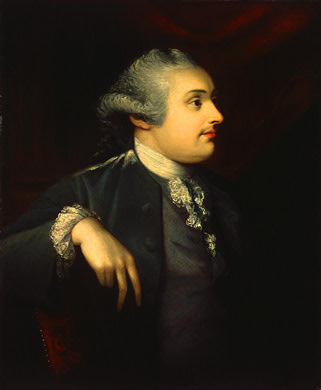
Although Pratt never gained the same amount of notoriety as his teacher, West, he still left a large oeuvre of works behind him. Pratts’ catalogue includes portraits of famous early Americans including West and Benjamin Franklin. Pratt’s style is often difficult to identify, but it is clear that American and English painters influenced him.
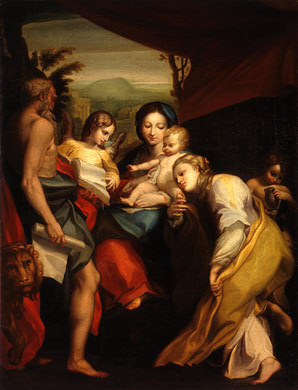
In 1770, Pratt again journeyed to England and Ireland when he had to claim an inheritance for his wife. While he was there, Pratt painted a few portraits in both Dublin and Liverpool. Pratt also worked in New York from 1771 to 1772 where he was commission to paint a number of government portraits. While he was there, Pratt became friends with painter John Singleton Copley. The following year, Pratt traveled to Virginia and worked briefly in Williamsburg.
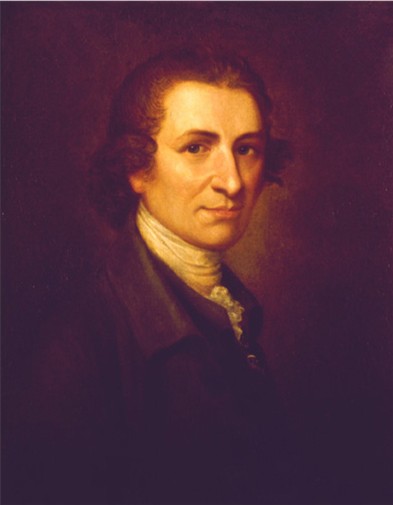
Though by most standards Pratt was mainly a portrait painter, he could not live off of painting portraits alone. After the Revolution, Pratt’s career slowed down a little, despite the fact that he went into a business partnership. As a partner in Pratt, Rutter and Co., his business offered portraiture and ornamental painting. In order to support himself, Pratt would also paint signs for business owners. These paintings were often hailed for their beauty and for the great skill in which they were created. Pratt created signs for taverns, counting houses and shops with a skill matched by few in Philadelphia during his lifetime. During the latter part of his career, Pratt became more known for these unusual signs than for his portraits.
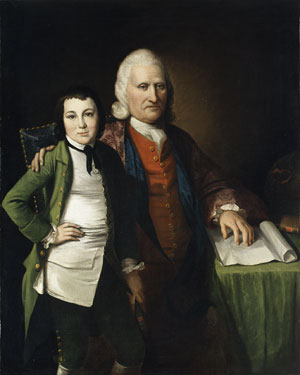
While it is documented that during his lifetime, Pratt was said to have created a considerable amount of portraits, today very few in contrast are attributed to him. Perhaps this is due to the fact that he may have not signed all of his works, and today the only painting attributed to him that is signed is “The American School.” Nonetheless, this leaves a great possibility for many of Pratt’s unknown and otherwise unauthenticated works surfacing all over New England, Virginia, England, Ireland and possibly even Jamaica.
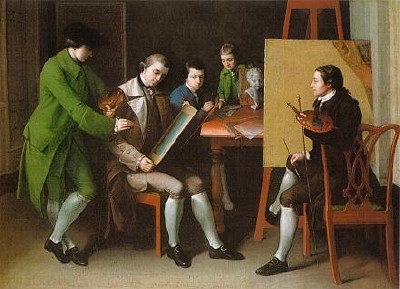
Still wondering about an early American painting or portrait hanging in your home? Contact us….it could be by Matthew Pratt.
Reviews
1,217 global ratings
5 Star
4 Star
3 Star
2 Star
1 Star
Your evaluation is very important to us. Thank you.
